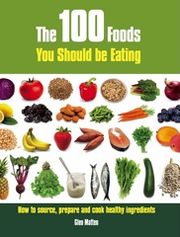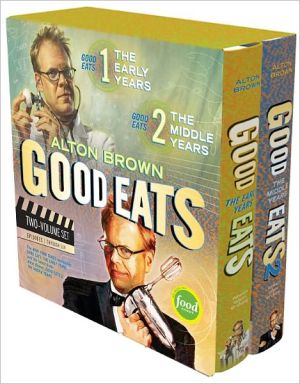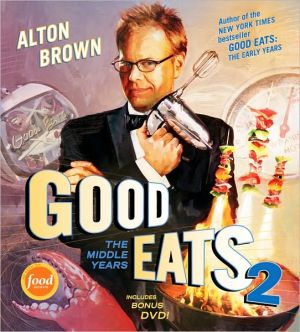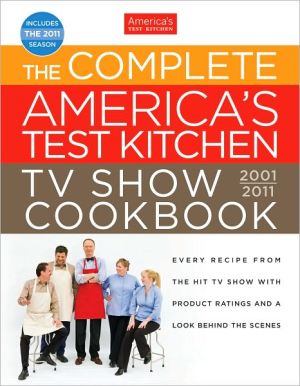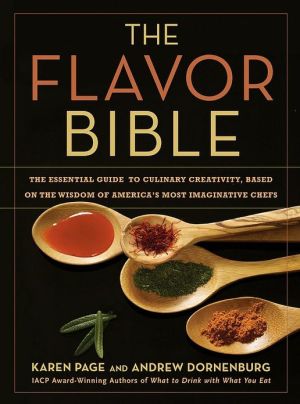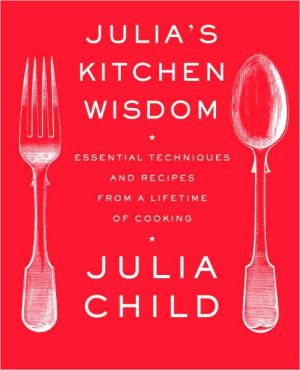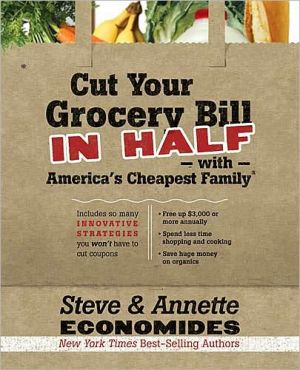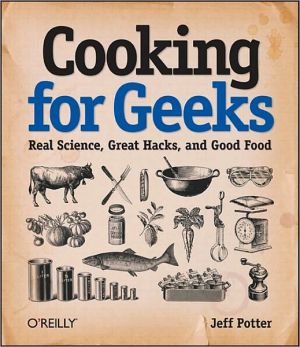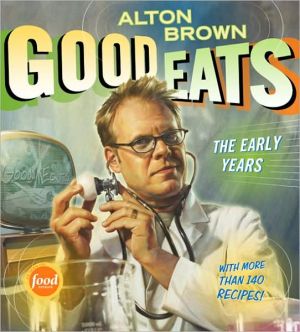The 100 Foods You Should Be Eating: How to Source, Prepare and Cook Healthy Ingredients
If you listen to all the diet advice out there, the search for healthy foods can become a nightmare. This book is the antidote: a collection of 100 easy-to-prepare recipes-each based on one inexpensive main ingredient-which combine both sound nutrition and mouthwatering taste. Organized into chapters called Breakfast, The Munchies, Lunch on the Go, Strapped for Cash, Summer Living, Friends Round, Fast Food, Lazy Sundays, Kids, and Desserts and Drinks, this is a book for everyone looking for a...
Search in google:
If you listen to all the diet advice out there, the search for healthy foods can become a nightmare. This book is the antidote: a collection of 100 easy-to-prepare recipes-each based on one inexpensive main ingredient-which combine both sound nutrition and mouthwatering taste. Organized into chapters called Breakfast, The Munchies, Lunch on the Go, Strapped for Cash, Summer Living, Friends Round, Fast Food, Lazy Sundays, Kids, and Desserts and Drinks, this is a book for everyone looking for a simpler approach to healthy eating. Library Journal Matten, a nutritional therapist based in the UK, purposely doesn't use the word superfood, focusing instead on readily available supermarket items and simple strategies to incorporate whole foods into everyday eating. Entries are divided into useful categories by season, meal, or theme (e.g., "Lunch on the Go," "Strapped for Cash"). These categories coupled with the recipes make the book user-friendly, enabling readers to browse easily for and incorporate the featured foods into daily meals. Most of the recipes are vegetarian, although a few meat and dairy products are included. Like Tonia Reinhard (Superfoods [see review, at right]), Matten discusses each food's phytochemical content and particular nutritional strengths. Although both books have strong points, each leaves the reader feeling that they've just scratched the surface. VERDICT The conversational tone and simple recipes make this an easy-to-follow quick reference. One potential downside is the lack of any cohesive criteria for inclusion of foods other than Matten's preferences. An affordable purchase where a book on this topic is needed.—Rukshana Singh, Torrance P.L., CA
\ Library JournalMatten, a nutritional therapist based in the UK, purposely doesn't use the word superfood, focusing instead on readily available supermarket items and simple strategies to incorporate whole foods into everyday eating. Entries are divided into useful categories by season, meal, or theme (e.g., "Lunch on the Go," "Strapped for Cash"). These categories coupled with the recipes make the book user-friendly, enabling readers to browse easily for and incorporate the featured foods into daily meals. Most of the recipes are vegetarian, although a few meat and dairy products are included. Like Tonia Reinhard (Superfoods [see review, at right]), Matten discusses each food's phytochemical content and particular nutritional strengths. Although both books have strong points, each leaves the reader feeling that they've just scratched the surface. VERDICT The conversational tone and simple recipes make this an easy-to-follow quick reference. One potential downside is the lack of any cohesive criteria for inclusion of foods other than Matten's preferences. An affordable purchase where a book on this topic is needed.—Rukshana Singh, Torrance P.L., CA\ \
